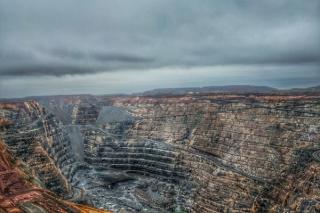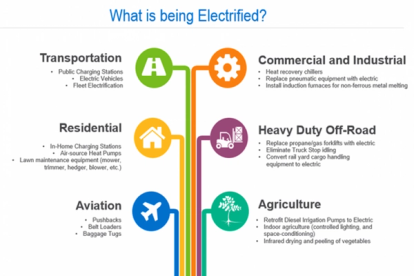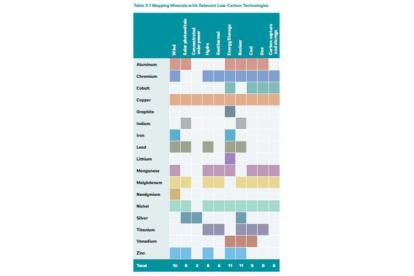
Cultural heritage: Indigenous and cultural heritage values driving sustainable development
by Flavia Kiperman
View post

Let’s face it - mining gets a bad rap. The industry has long been vilified for its negative impact on the environment, intensive use of energy and resources, and clashes with local communities. Legacy issues continue to haunt us today with continued headlines of tailings dam collapses and protests from agricultural communities that are concerned about water contamination. Despite this negative reputation, over the past several years, vast improvements have been made in the mining industry as a whole – some changes are voluntary while others have been mandated by government.
Under the 2015 Paris Agreement, 195 countries pledged to limit global warming to well below 2.0°C, and ideally not more than 1.5°C above preindustrial levels. Over the last decade or so there has been much lip service paid towards takings real steps towards reversing climate change, however some recent announcements have shown that the fight for climate change is here to stay – regardless of the state of the economy. For example, Blackrock – a hedge fund that controls nearly $9 trillion in assets – announced that all companies in its portfolio will be required “to disclose a plan for how their business model will be compatible with a net-zero economy.”
Reversing climate change is not a trivial task – it will take a great deal of investment, energy, and resources to tackle it. Ironically, the mining industry – an historically environmental foe – will play a fundamental role in the fight against climate change and the decarbonization of our planet. A key to decarbonization is the replacement of our existing fossil fuel- based economy with global electrification powered by carbon neutral energy sources. Electrification will be carried out across many industries as illustrated in the figure below.

Graphic credit: Nexant
This conversion will require vast quantities of metals, including copper to transport energy, as well as nickel, manganese, cobalt, lithium, and graphite for battery storage, and rare earth elements (REE) for renewable energy technologies. Many other metals will also play a key role in the world’s transition to renewable energy technologies. The figure below shows the role of each of the metals in each of the key low-carbon technologies.

Graphic credit: World Bank
One of the major challenges for miners is the ability to produce the desired quantities of metals at the right time. With growing demand, there is a supply risk which will inevitably limit the advance of some of the low-carbon technologies. Often miners will hold off on developing projects due to economic risk – namely, fluctuating metals prices. Governments will need to step up to help miners finance these projects, especially those with critical metals, to ensure supply into the future – even when metal prices are currently low. The continual cycle of exploration and development of Mineral Resources and Mineral Reserves is required to ensure that projects continue to become operating mines and producers of metal.
Download the full article from the Digging for Climate Change micro-site to learn which metals are key to the decarbonization supply chain.

by Flavia Kiperman

by Jasper Schrijvers , Matthew Hoare

by Clodagh Connolly, Nicola Inge, Andres Schottlaender